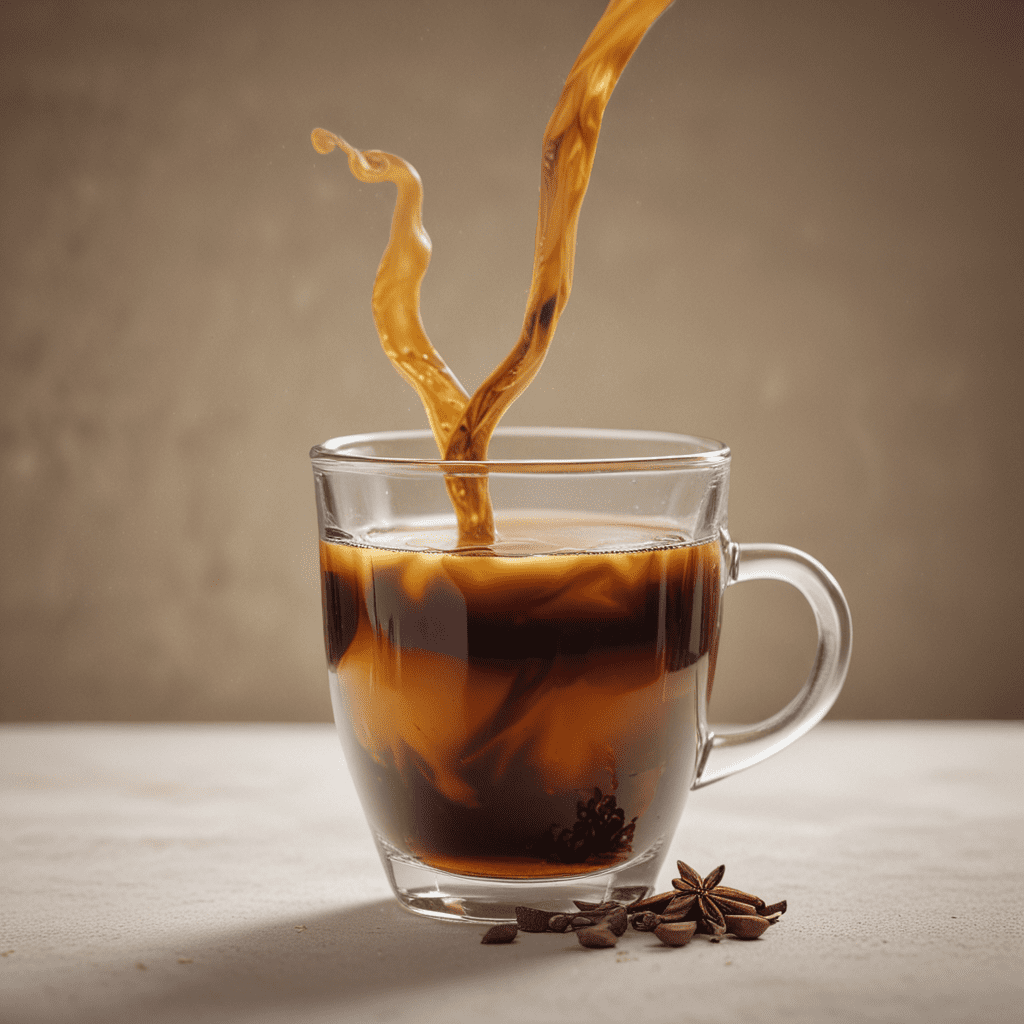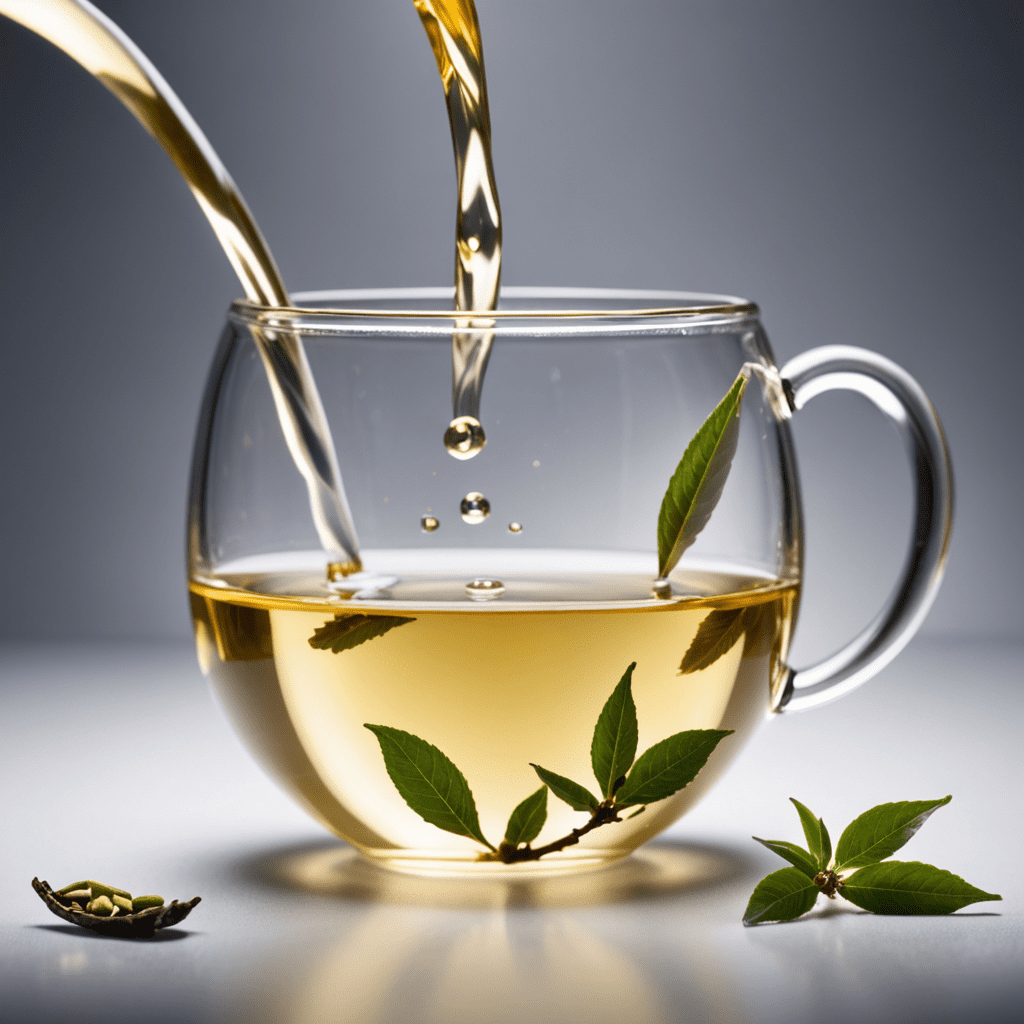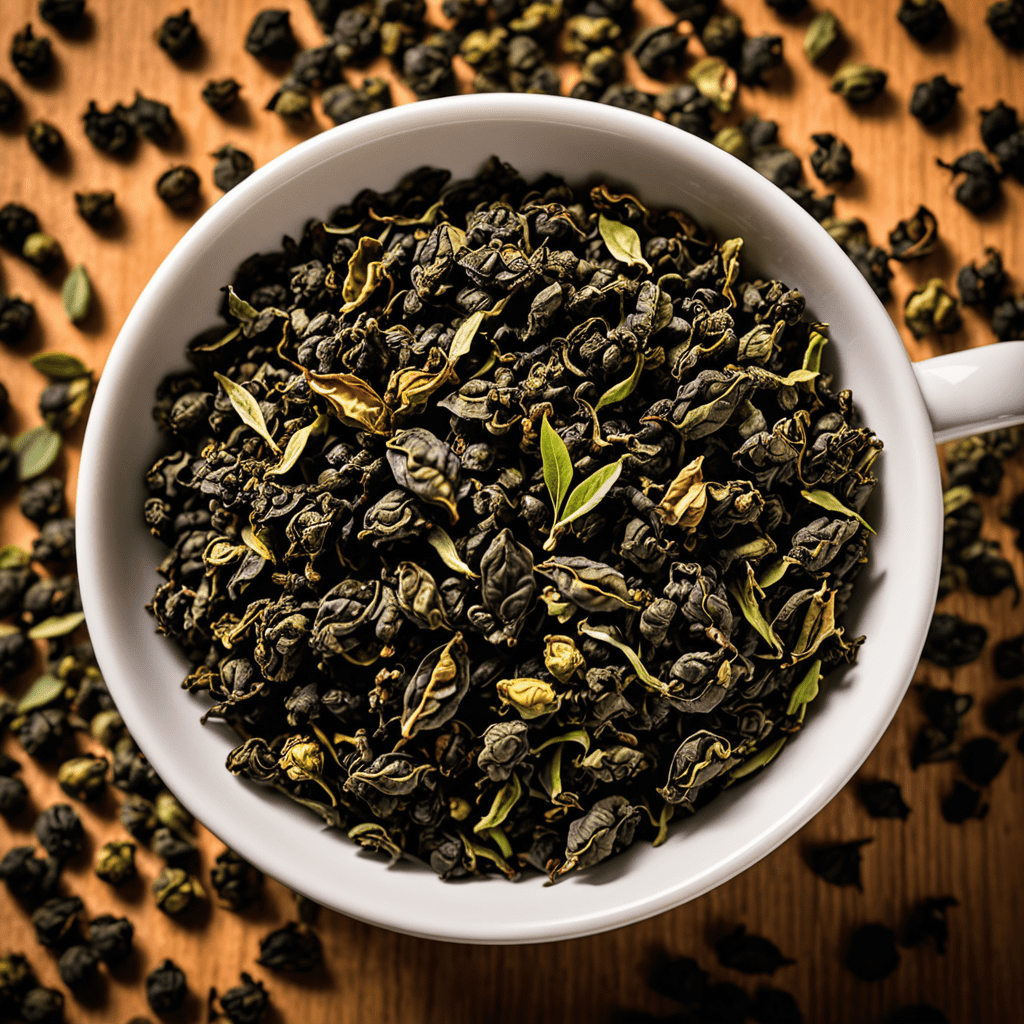
Origins and History of Chai Tea
Chai tea, a captivating blend of aromatic spices and rich black tea, has a rich history dating back centuries. Originating in India, chai was traditionally a beverage enjoyed by the royal courts and upper classes. As trade routes expanded, chai's popularity spread throughout the world, captivating palates with its unique flavor profile. Today, chai tea is a beloved beverage enjoyed in homes, cafes, and teahouses worldwide.
Chai Masala: Blending the Perfect Symphony of Spices
The heart of chai tea lies in its fragrant blend of spices known as chai masala. This aromatic mixture typically includes a combination of cardamom, cinnamon, ginger, cloves, and black pepper. Each spice contributes its own distinct flavor, creating a harmonious symphony that elevates the taste of black tea. Chai masala can vary slightly depending on regional preferences, with some blends incorporating additional spices such as nutmeg, star anise, or fennel.
Types of Chai Tea Around the World
While the classic Indian chai remains the most popular variety, chai tea has evolved into a diverse beverage with countless variations across different regions. In the Middle East, chai is often flavored with saffron and rose petals, while in Tibet, it is prepared with yak butter and salt. Pakistani chai features a strong ginger flavor, while Malaysian chai incorporates evaporated milk and condensed milk for a rich, creamy taste. Each type of chai reflects the unique cultural influences and culinary traditions of its respective region.
Exploring the Health Benefits of Chai Tea
Beyond its tantalizing flavor, chai tea is also known for its potential health benefits. The spices used in chai masala possess antioxidant and anti-inflammatory properties, which may contribute to overall well-being. Ginger, for example, is renowned for its ability to soothe nausea and aid digestion. Cardamom has been traditionally used to treat respiratory ailments, while cinnamon has been shown to regulate blood sugar levels. While more research is needed to fully understand the health effects of chai tea, its traditional use suggests that it may offer a range of medicinal benefits.
Traditional Methods: Brewing the Perfect Cup of Chai
Traditionally, chai is prepared in a large pot or kettle using whole spices and freshly brewed black tea. The spices are gently simmered in water to release their flavors, and then black tea leaves are added and allowed to steep for several minutes. Milk is then added, along with a sweetener of choice. Chai can be brewed to varying strengths and sweetness preferences, making it a versatile beverage that caters to different tastes.
Chai Tea: A Culinary Delight in Modern Cuisine
Beyond being enjoyed as a comforting drink, chai tea has also found its place in modern culinary creations. Its distinct flavor profile complements desserts, baked goods, and savory dishes alike. Chai-infused cakes, pastries, and muffins offer a sweet indulgence that balances the spices and tea flavors harmoniously. Chefs experiment with chai-marinated meats and vegetarian dishes, adding an exotic touch to their culinary repertoire.
The Cultural Significance of Chai Tea
Chai tea has deep cultural roots in India and other countries where it is consumed regularly. In India, chai is considered more than just a beverage. It is a way of life, bringing communities together. Chai stalls dot cities and streets, offering a respite from the hustle and bustle. Chai has become a symbol of hospitality, friendship, and shared experiences, transcending its role as a drink to a social and cultural phenomenon.
Chai Tea and Wellness: A Path to Harmony
In recent years, chai tea has gained recognition for its potential to support wellness. The combination of spices and black tea creates a beverage that may offer various health benefits. Ginger in chai aids digestion and reduces nausea, while cardamom helps alleviate respiratory issues. Other spices such as cinnamon and cloves contribute to overall well-being. Consuming chai tea mindfully can be a way to nourish the body and promote inner balance.
Chai Tea in Literature and the Arts
The rich sensory experience of chai tea has captured the imagination of artists, writers, and musicians alike. Poets and authors have dedicated their verses to the evocative nature of chai, describing its warmth, aroma, and ability to transport the mind and spirit. Painters have depicted chai in their artwork, capturing the essence of its preparation and its role in cultural traditions. Musicians have composed melodies inspired by chai, creating soundscapes that evoke the comforting embrace of this beloved beverage.
The Global Journey of Chai Tea: A Culinary Legacy
Chai tea has transcended its origins and become a celebrated drink enjoyed around the globe. From its birthplace in India to distant shores, chai has captivated taste buds with its exotic and comforting blend. In the West, chai gained popularity through the counterculture and health movement, becoming a staple at coffee shops and teahouses. Its versatility has made it a favorite in cafes, restaurants, and homes, creating a legacy that spans cultures and borders. Chai continues to be a testament to the power of culinary exploration and the sharing of traditions across different corners of the world.
FAQs
-What is the traditional way to prepare chai tea?
-Chai is brewed using whole spices simmered in water, with black tea added to steep. Milk and a sweetener are typically added.
-What are the most common spices used in chai tea?
-Cardamom, cinnamon, ginger, cloves, and black pepper form the core spice blend in chai masala.
-Is chai tea caffeinated?
-Yes, chai contains caffeine due to the presence of black tea.
-What are the potential health benefits of chai tea?
-Chai may provide antioxidants, aid digestion, and have anti-inflammatory properties due to its blend of spices.
-How do different cultures interpret and prepare chai tea?
-Chai preparations vary worldwide. From the addition of rose petals to the use of yak butter and salt, cultural influences shape unique chai experiences in different regions.


